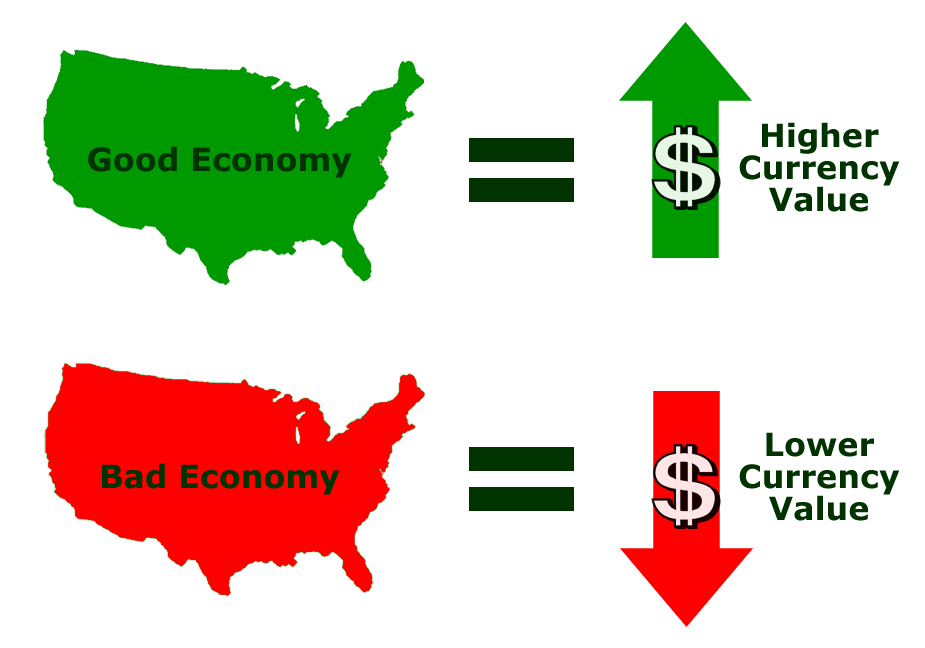TYPES OF ANALYSIS AND CHARTS
Three Types of Forex Market Analysis
To begin, let’s look at three ways on how you would analyze and develop ideas to trade the market.
There are three basic types of forex market analysis:
-
Technical Analysi
-
Fundamental Analysis
-
Sentiment Analysis
There has always been a constant debate as to which analysis is better, but to tell you the truth, you need to know all three.
Technical Analysis
Technical analysis is the framework in which forex traders study price movement.
The theory is that a person can look at historical price movements and determine the current trading conditions and potential price movement.
The main evidence for using technical analysis is that, theoretically, all current market information is reflected in price.
If price reflects all the information that is out there, then price action is all one would really need to make a trade.
Now, have you ever heard the old adage, “History tends to repeat itself“?
Well, that’s basically what technical analysis is all about! If a price level held as a key support or resistance in the past, traders will keep an eye out for it and base their trades around that historical price level.
Technical analysts look for similar patterns that have formed in the past, and will form trade ideas believing that price will act the same way that it did before.

Fundamental Analysis
Fundamental analysis is a way of looking at the forex market by analyzing economic, social, and political forces that may affect the supply and demand of an asset.
If you think about it, this makes a whole lot of sense! Just like in your Economics 101 class, it is supply and demand that determines price, or in our case, the currency exchange rate.
Using supply and demand as an indicator of where price could be headed is easy. The hard part is analyzing all of the factors that affect supply and demand.
In other words, you have to look at different factors to determine whose economy thriving, and whose economy isn't.
You have to understand the reasons of why and how certain events like an increase in the unemployment rate affects a country’s economy and monetary policy which ultimately, affects the level of demand for its currency.
The idea behind this type of analysis is that if a country’s current or future economic outlook is good, their currency should strengthen.
The better shape a country’s economy is, the more foreign businesses and investors will invest in that country. This results in the need to purchase that country’s currency to obtain those assets.
In a nutshell, this is what fundamental analysis is:

For example, let’s say that the U.S. dollar has been gaining strength because the U.S. economy is improving.
As the economy gets better, raising interest rates may be needed to control growth and inflation.
Higher interest rates make dollar-denominated financial assets more attractive.
In order to get their hands on these lovely assets, traders and investors have to buy some greenbacks first. As a result, the value of the dollar will likely increase.
SENTIMENT ANALYSIS
Earlier, we said that price action should theoretically reflect all available market information. Unfortunately for us forex traders, it isn’t that simple.
The forex markets do not simply reflect all of the information out there because traders will all just act the same way. Of course, that isn’t how things work.
This is why sentiment analysis is important. Each trader has his or her own opinion of why the market is acting the way it does and whether to trade in the same direction of the market or against it.
The market is just like Facebook – it’s a complex network made up of individuals. And the price is consensus of value at any given point.
The market basically represents how all traders feel about the market.
Each trader’s thoughts and opinions, which are expressed through whatever position they take, helps form the overall sentiment of the market regardless of what information is out there.
The problem is that as retail traders, no matter how strongly you feel about a certain trade, you can’t move the forex markets in your favor.
Even if you truly believe that the dollar is going to go up, but everyone else is bearish on it, there’s nothing much you can do about it.
As a trader, you have to take all this into consideration. You need to perform sentiment analysis.

